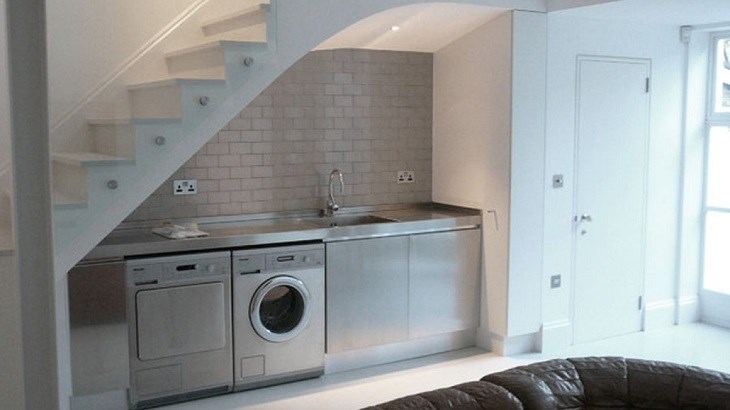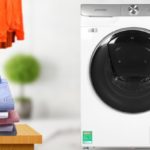Should Bathrooms Include Washing Machines?
The washing machine is an electrical appliance that comprises multiple motors located directly beneath the machine, accompanied by a circuit board above it. Unfortunately, these essential electrical components are susceptible to damage and corrosion in the presence of high humidity and mold in the environment.
Excessive impact can lead to electrical circuit failure and reduced operational efficiency in the washing machine.
In addition, high humidity can lead to the growth of bacteria and mold within indoor environments. This can inadvertently contaminate clothing, leading to skin infections and compromising the cleanliness of laundered items.
For optimal performance and to maintain the integrity of your washing machine and laundry items, it is recommended not to install the appliance in a bathroom. Bathrooms tend to be the most humid areas of a home, which can potentially lead to damage and decrease the overall quality of laundry results.
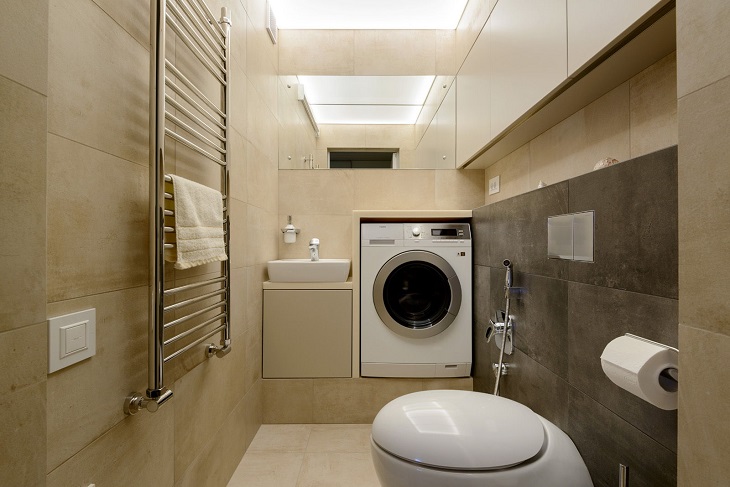
Tips for Installing a Washing Machine in a Bathroom
If you need to place the washing machine in the bathroom, please take note of the following considerations:
- To avoid potential damage, it is advisable to keep the washing machine positioned away from areas that are frequently exposed to water spray. This will help prevent water from seeping into the electrical components and circuits of the machine, ensuring its proper function.
- It is important to avoid overloading the power outlet by not using it for multiple electrical appliances. Furthermore, the operation of other electrical devices will not be affected by plugging or unplugging the washing machine.
- To ensure safety, it is advised to install power outlets and wiring at a suitable height, away from water sources and surfaces. This precaution is essential in preventing water from coming into contact with the electrical circuit, thus averting any potential damage or more severe consequences.
- Proper insulation and positioning of the power supply line, water supply line, and drainage line is essential to ensure the safety of users and the washing machine. This precautionary measure prevents any possibility of electrical leakage and potential hazards. Additionally, it also prevents the ingress of harmful bacteria into the washing machine through wastewater, thus mitigating the risk of infections and mold growth.
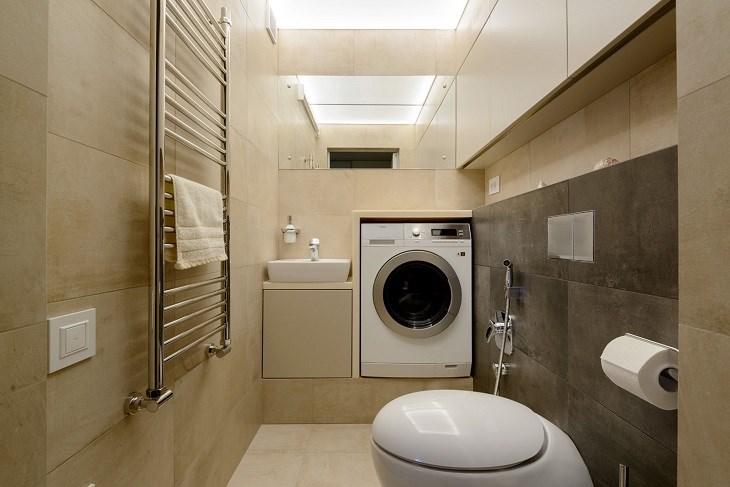
- To ensure the durability and optimal performance of your washing machine, it is recommended to place it on a high, sturdy base with rubber padding. This will help reduce vibration and provide stability during operation. Additionally, making sure that the washing machine is isolated from any water present on the bathroom floor is essential. By following these guidelines, you can maximize the lifespan and efficiency of your washing machine.
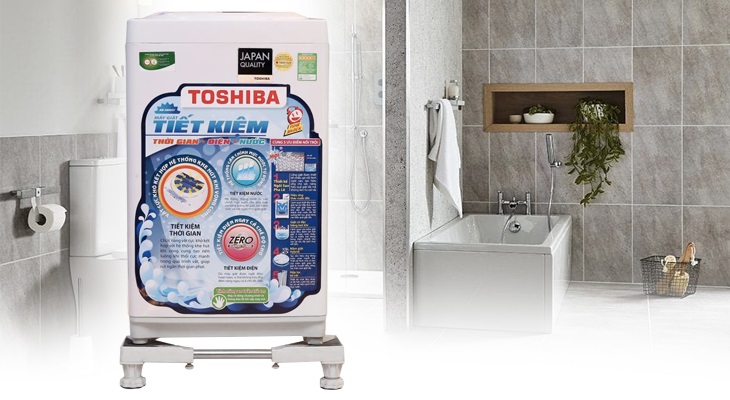
Grounding<a href='https://meo.tips/tips/master-these-6-tips-for-a-smooth-first-date/' rel='dofollow' class='onpage-seo' > Safety</a> Guidelines
Grounding Safety Guidelines
Ensuring safety is crucial when it comes to working with electrical equipment. Grounding serves as a protective measure to prevent electrical shocks and potential damage to both individuals and devices. This article provides important guidelines to follow for proper grounding.
1. Understand Grounding
Grounding is the process of creating a safe pathway for electrical currents to flow into the ground. It involves connecting electrical equipment, such as appliances or machinery, to a grounding conductor, which directs excess electricity safely into the ground.
2. Use Grounding Outlets
Always use properly grounded outlets for electrical connections. Grounding outlets have three prongs – two for current-carrying conductors (hot and neutral) and one for the grounding conductor. This provides an extra level of protection against electrical shock.
3. Check Grounding Continuity
Regularly inspect and test the grounding continuity of your electrical equipment. Ensure that the grounding conductor is securely connected and not damaged or deteriorated. Faulty grounding can lead to electrical malfunctions and potentially hazardous situations.
4. Grounding Electrostatically Sensitive Devices
Electrostatically sensitive devices, such as computer components or communication equipment, require special grounding considerations. Use grounding straps or mats to safely discharge any static electricity and prevent damage to these sensitive devices.
5. Consult a Professional
If you are unsure about the proper grounding procedures or the electrical safety of your equipment, seek professional guidance. A qualified electrician or electrical engineer can assess your setup and provide expert advice on grounding and safety measures.
6. Regular Maintenance
Maintaining a regular schedule for equipment inspection, cleaning, and maintenance is essential. Checking grounding connections, removing dust or debris, and addressing any issues promptly will help ensure ongoing safety and optimal performance.
7. Education and Training
Keep yourself and your team educated about grounding safety practices. Provide training sessions or access to educational resources to promote awareness and understanding of proper grounding techniques and safety protocols.
- Use lockout/tagout procedures for equipment maintenance
- Avoid overloading electrical circuits
- Keep electrical equipment away from water sources
- Label properly grounded outlets for easy identification
By following these grounding safety guidelines, you can mitigate the risks associated with electrical equipment and create a safer work environment for everyone involved.
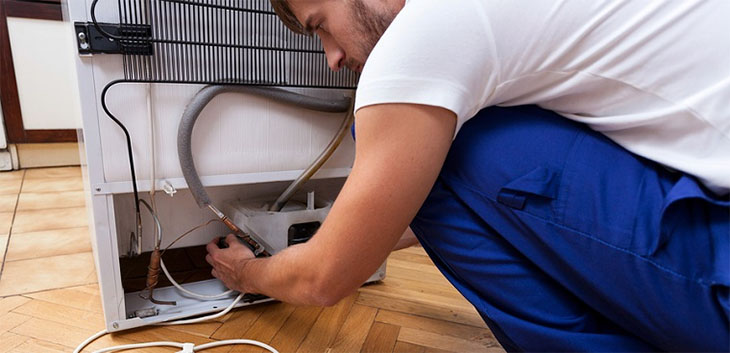
- To ensure optimal protection for your washing machine, we recommend installing cabinets, shielding devices, or using protective covers when it is not in use. This precautionary measure effectively prevents water splashing, humid air, and potential damage caused by scratching the body of the machine while operating in the bathroom.
-
If the bathroom is spacious enough, it is essential to divide the bathing area from the washing area. This separation helps to maintain dryness around the washing machine and prevents the negative effects of humidity on its functionality.
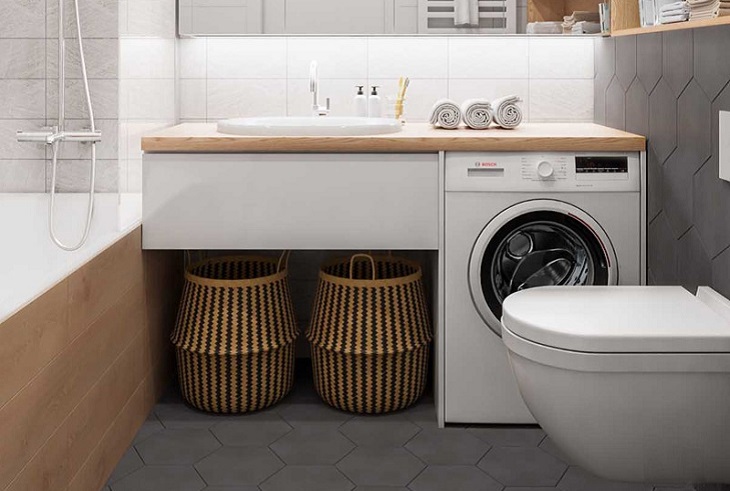
Alternative Sites for Setting-Up a Washing Machine
New Apartment Building Adds Laundry and Storage Rooms
Modern Families: Laundry and Storage Room
In today’s modern homes, it is common to have a designated laundry room and storage room for added convenience. These separate spaces allow families to efficiently manage their laundry needs while also providing ample storage area for various household items. Moreover, the unused space within the room can be utilized further to store any additional necessities as required. This dual-purpose room is a practical solution for families looking to optimize their living space.
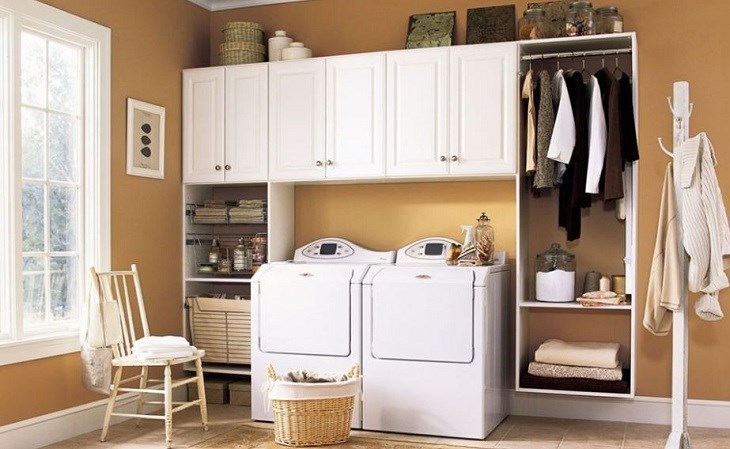
Drying Clothes in the Right Place
If you have a spacious clothes drying area in your house, it is advisable to place the washing machine there. This convenient arrangement will help you save time and effort by eliminating the need to move clothes for drying after washing.
Please ensure that the machine is thoroughly covered in order to protect it from any potential environmental factors such as rain, dew, storms, and other adverse conditions.
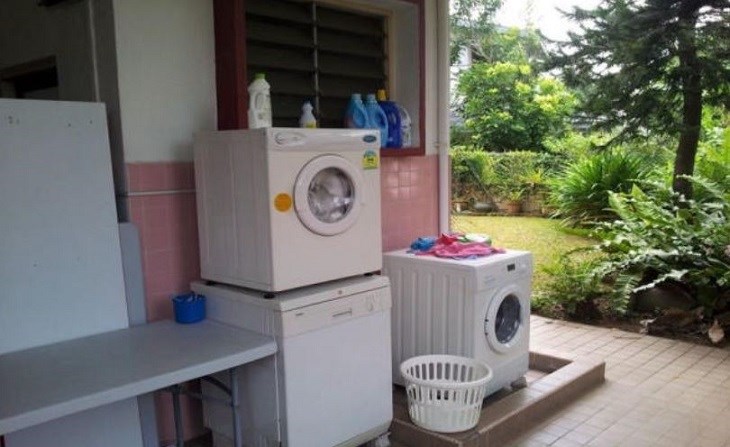
Positioning an Item in the Corner of a Staircase
It is common practice for Japanese individuals to place their washing machines in the corner of their stairwell to optimize available space and ensure proper ventilation. However, this positioning can lead to increased dirt accumulation, necessitating more frequent cleaning of the appliance.
